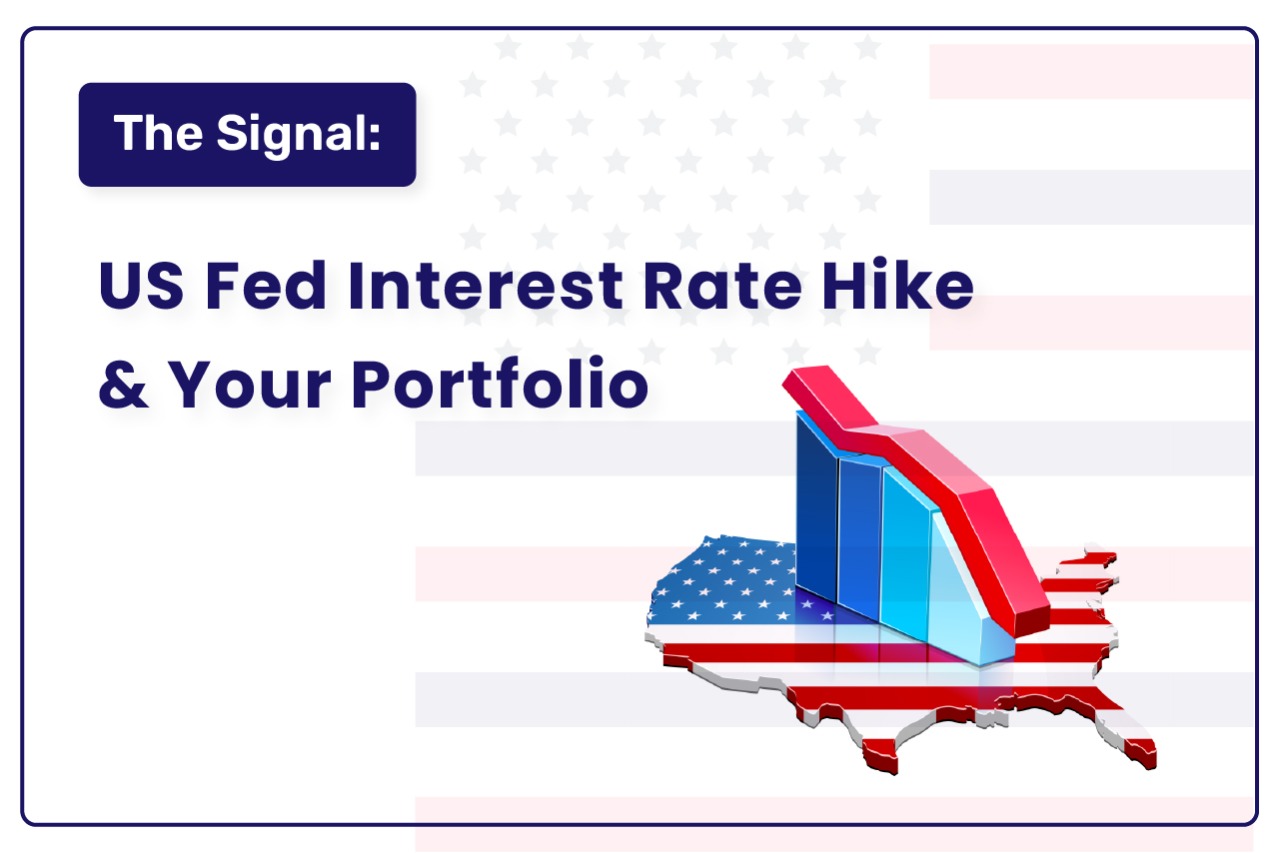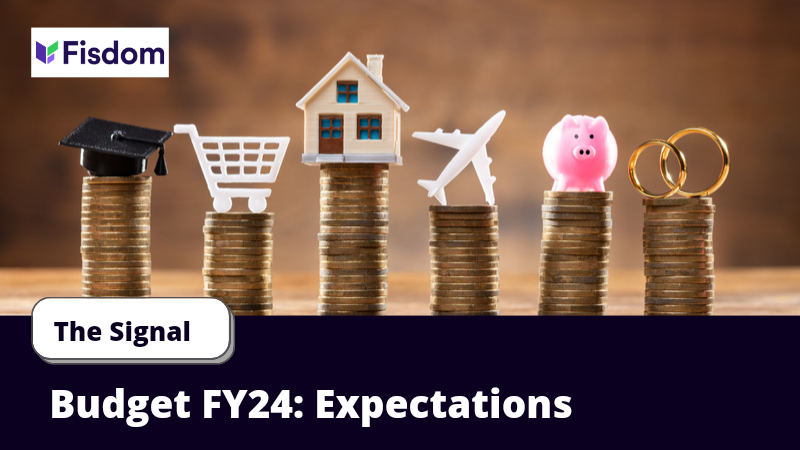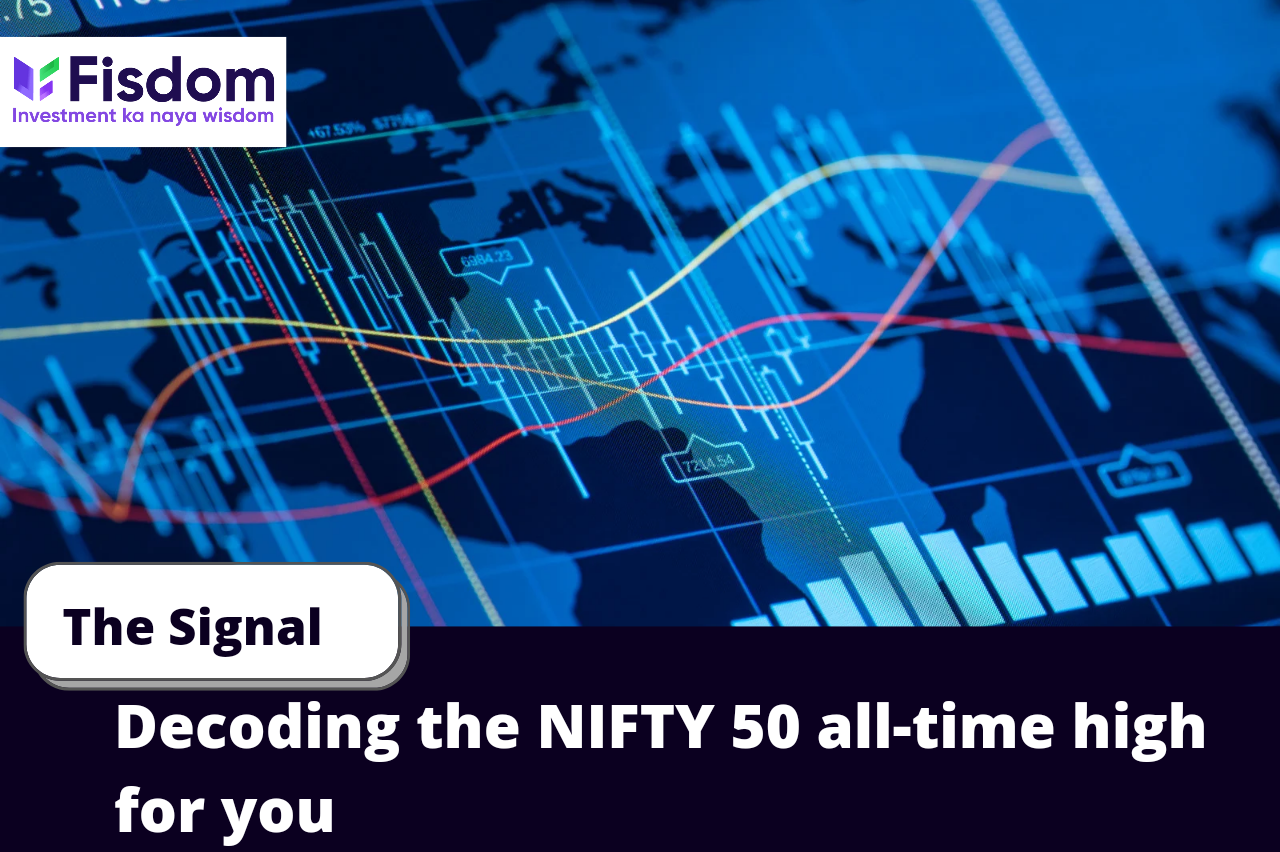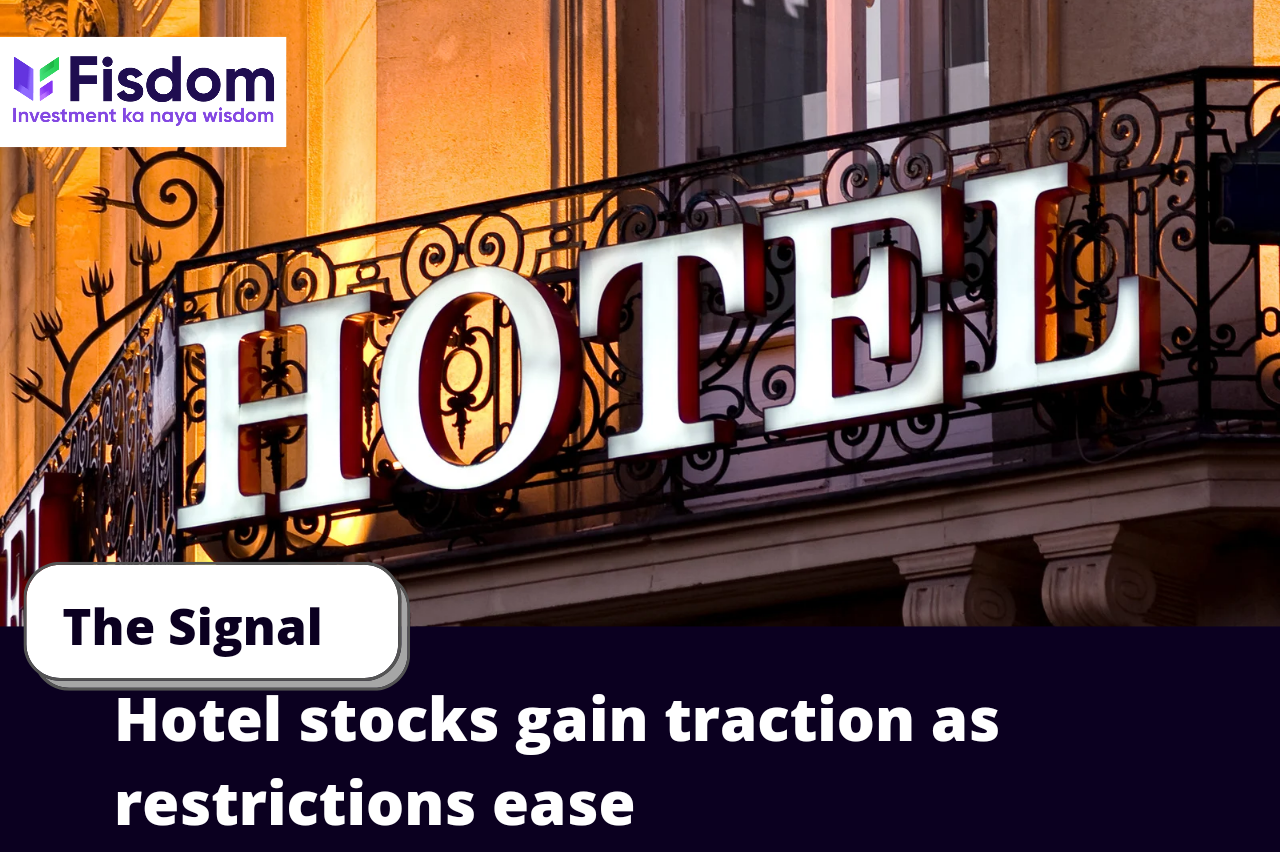
NEWS: The US Fed increases rates by another 25 bps.
The reporting media is full of talks on ‘fed rates & hikes. What does this even mean?
The Federal Reserve, often referred to as “The Fed”, is the central bank of USA – just like RBI is to India. The Fed lends money to smaller commercial banks for them to carry out their banking operations (think lending). The Fed decides the rate at which they would lend to banks and this rate would be the bedrock rate for all rate structures that a commercial bank would offer its customers.
The Fed decides the rate basis many factors for several objectives. For instance, a hike in the rate could also be to make borrowing expensive and indirectly control expenditure and inflation.
Current happenings around the ‘fed rate hike’
In its meeting yesterday, the US Federal Reserve raise the interest rates by 25bps along with a signal that it may consider a three rate hikes by December 2022. The rate rise was approved with only one dissent. St. Louis Fed President James Bullard wanted a 50-basis point increase. Even the Fed chairman hinted that the balance sheet reduction could start in May’22.
With low unemployment rates in one hand and all-time high inflation, the US fed seems to be walking on a tight rope and performing an interesting balancing act. The fed believed though the recent invasion of Ukraine by Russia might have taken a massive toll on the current economic activities, however no material impact is expected over the long term.
Shifting focus to India
For a long time now, India has been a preferred destination for capital deployment among other emerging market participants. This has been evident through the liquidity-driven rally in the equity market since April’20 of which global funds have been one among the many drivers. Global inflows of funds across avenues is one among the many reasons for the INR appreciation that has happened in the recent past.
A hike in the US fed rate may have adverse effects on the Indian economy and people
A hike in the US fed rates may spell trouble to the Indian economy in more than one way.
1. Dollar inflows in the capital market may reduce, sufficiently enough to hurt the market sentiments
Recent uncertainties in the US have been a boon to the Indian capital market. With investors jittery about the stability and predictability about the US markets and a parallel strengthening of India’s geopolitical and macroeconomic indicators made the Indian equities a preferable investment destination.
An increase in fed rate would mean a higher return on deposits for investors. It is quite likely that an investor would want to invest in relatively safer deposits, especially during a time like now where global geopolitical tensions are rising and uncertainties are certain.
This would inadvertently mean an outflow from the emerging markets back into the US.
2. Downward pressure on Rupee valuations
Further extrapolating the effect of dollar outflow, exit of dollar funds from the Indian market would further depreciate the value of INR. Depreciation of the INR means that more INR would have to be spent to buy something worth a USD. This essentially means that your foreign vacations will cost you more and buying those imported luxury items won’t come cheap. However, it’s not just the crème de la crème that will be affected, the effect will also trickle down to the common man.
India, being a large importer- especially for oil needs, can face a lot of payment pressure and end with an increase in crude prices. An increase in crude price simply translates into a hike in inflation levels. Cost of living can be expected to go higher for the common Indian.
3. Your debt is not going to get cheaper any time soon
The inflation differential between the US and India won’t allow for a case where India’s interest rate goes lower than that offered by the US. This indicates that there may be no further headroom for a further rate-cut by RBI. In such a case, it is quite unlikely that you’ll have a chance to avail loans at a lower interest cost – at least not in the near future.
Key takeaways:
Investors should not think about the short-term volatility and use the opportunity to rebalance asset allocation and re-align with target asset allocation. Rebalance to target asset allocation through new deployment to the extent possible. Opt for accelerated SIP/STP – aggressive deployment for the next 3-6 months and moderate after that for fresh investments.
Fed has done nine rate hikes from 15th Dec’2016 till 20th Dec’2018. Since then, the market(nifty) has delivered absolute returns of ~112% & 19.3% CAGR. During the interest rate hike (15th Dec’2016 till 20th Dec’2018), nifty delivered ~16% CAGR. Look at the Nifty performance below:




























